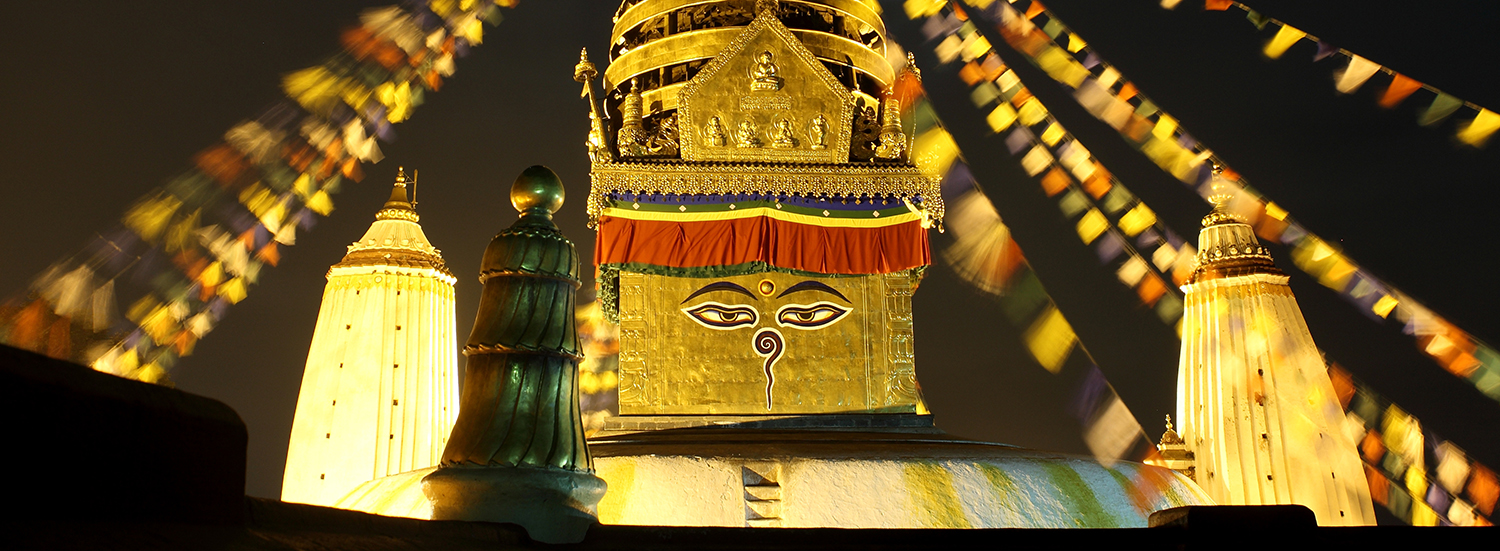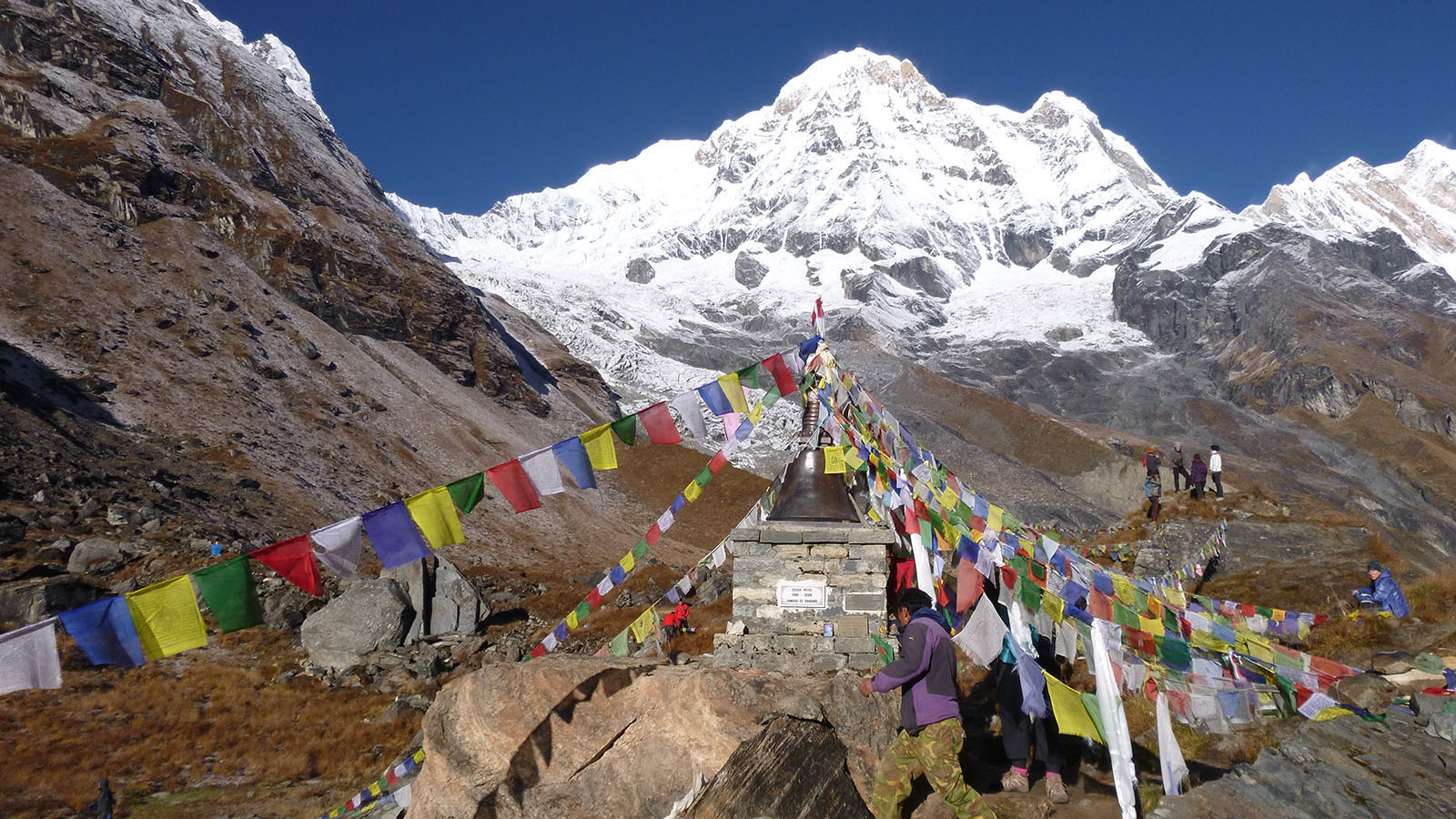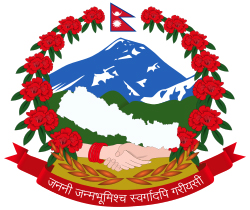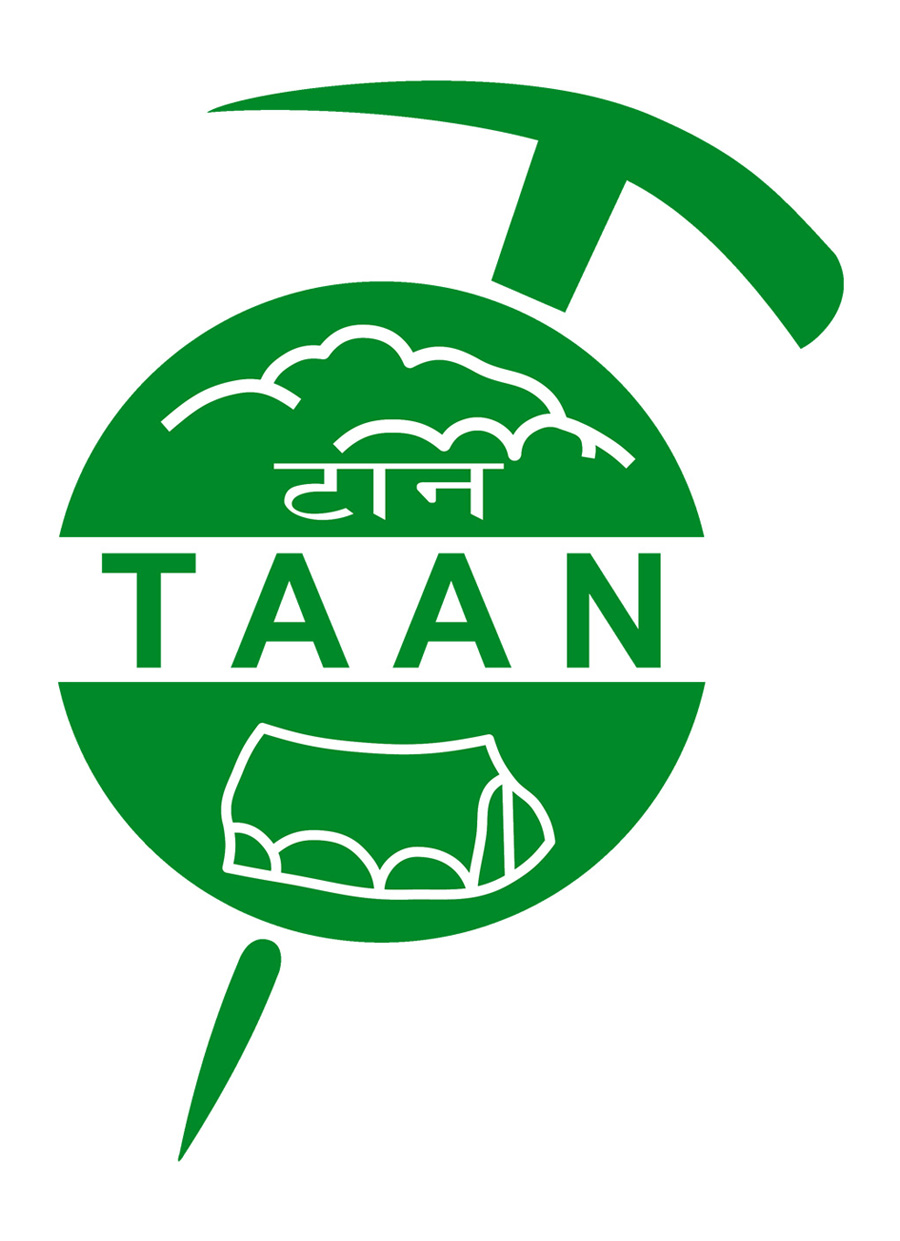World Heritage Sites of City
Rating:
Pashupatinath Located on the banks of the Bagmati River on the immediate eastern outskirts of Kathmandu, this temple is one of the most revered of Hindu temples in the world and Hindu pilgrims (especially from neighboring India ) throng the temple complex literally throughout the year. The temple is dedicated to Lord Shiva who is one of the three major Hindu deities and is considered the 'Creator', 'Transformer', 'Preserver' and 'Destroyer'. It is situated on the western banks of the Bagmati and the main temple complex is a golden, pagoda style spire and one striking feature of the temple when one enters it is the golden Nandi or Shiva's bull.
Though only Hindus are permitted entrance into the main temple complex, the temple is amply visible from the eastern banks of the river. The eastern side also has single story stone constructions that are dedicated to Lord Shiva and hold the iconic symbol of Lord Shiva – the Shiva 'Lingam' or the erect phallus.
Just as Pashupatinath Temple draws thousands of Hindu pilgrims, Boudhanath has been the ultimate pilgrimage and prayer site for Buddhists (of course Hindus also revere this site). Located only 11 km from central Kathmandu, the stupa dates back to the 14th Century and is supposed to have taken seven years to complete. It is the largest single chorten ( stupa ) in the world and the largest spherical stupa in Nepal. Apart from the soil, bricks and stone used for the construction of this massive dome-like structure with the gilded spire on the top, many kilograms of gold were used for its decoration. Known as 'Khasti' in Nepali and 'Jyarung' in Tibetan, it has been incorporated in the World Heritage Site by UNESCO since 1979. The remains of Kassapa Buddha are said to be entombed in the stupa.
Swayambhunath Stupa is an ancient religious architecture on the top of a hill .The Tibetan name for the site means 'Sublime Trees' Swayambhu, meaning 'self-sprung'.For the Buddhist Newars, in whose mythological history and origin myth as well as day-to-day religious practice Swayambhunath occupies a central position, it is probably the most sacred among Budhist pilgrimage sites. The complex consists of a Stupa, a variety of shrines and temples, some dating back to the Licchavi period.. The stupa has Buddha's eyes and eyebrows painted on. Between them, the number one (in Devanagari script) is painted in the fashion of a nose. There are also shops, restaurants and hostels. The site has two access points: a long staircase leading directly to the main platform of the temple, which is from the top of the hill to the east; and a car road around the hill from the south leading to the south-west entrance. The first sight on reaching the top of the stairway is the Vajra T Sultrim describes the experience:
We were breathless and sweating as we stumbled up the last steep steps and practically fell upon the biggest vajra (thunderbolt scepter) . Behind this Vajra was the vast, round, white dome of the stupa, like a full solid skirt, at the top of which were two giant Buddha eyes wisely looking out over the peaceful valley which was just beginning to come alive.
Bhaktapur The city dates back to the 12th century during the reign of King Ananda Malla and was the capital of the Greater Malla Kingdom until the 15th century. The majorities of the inhabitants here are from the Newar community and occupy themselves in professions directly and indirectly related to agriculture and tourism. 92 % of the populations are Hindus and 7 % comprise of the Buddhists. Thus, besides the various primarily Hindu temples, there are 19 Buddhist monasteries (vihars) in this city. Most of the monuments here are terra-cotta with carved wood columns; the palaces and temples have intricate and ornate carvings, gilded roofs, open courtyards. Bhaktapur is dotted with pagodas and religious shrines.
The Indra Varna Madavihar built in 1671 is located between Durbar Square and Dattaraya Square has two lion statues, Patingi Hiti (water spout), Tantric wood carvings and prayer wheels.
Another prominent and interesting feature of Bhaktapur is the 55 Window Palace (having 55 windows!!) which was the seat of royalty prior to 1769. It also houses the National Art Gallery that displays scroll paintings, palm leaf manuscripts and numerous stone carvings.
Outside the Palace entrance to the Taleju Complex is the Golden Gate (built 1756) and is a fine example of metal craftsmanship at its best. The Royal Bath with its golden faucet also reflects the glorious spoils of the then monarchy.
Another very visible and prominent feature is the Big Bell built by the last Malla King of Bhaktapur – Ranajit Malla in the 18th century. It is rung twice a day and is also affectionately referred to as the 'Barking Bell' as dogs start barking when the bell is rung.









